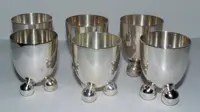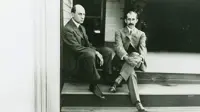Wishful thinking about cars
By Kiron Kasbekar | 05 Apr 2025
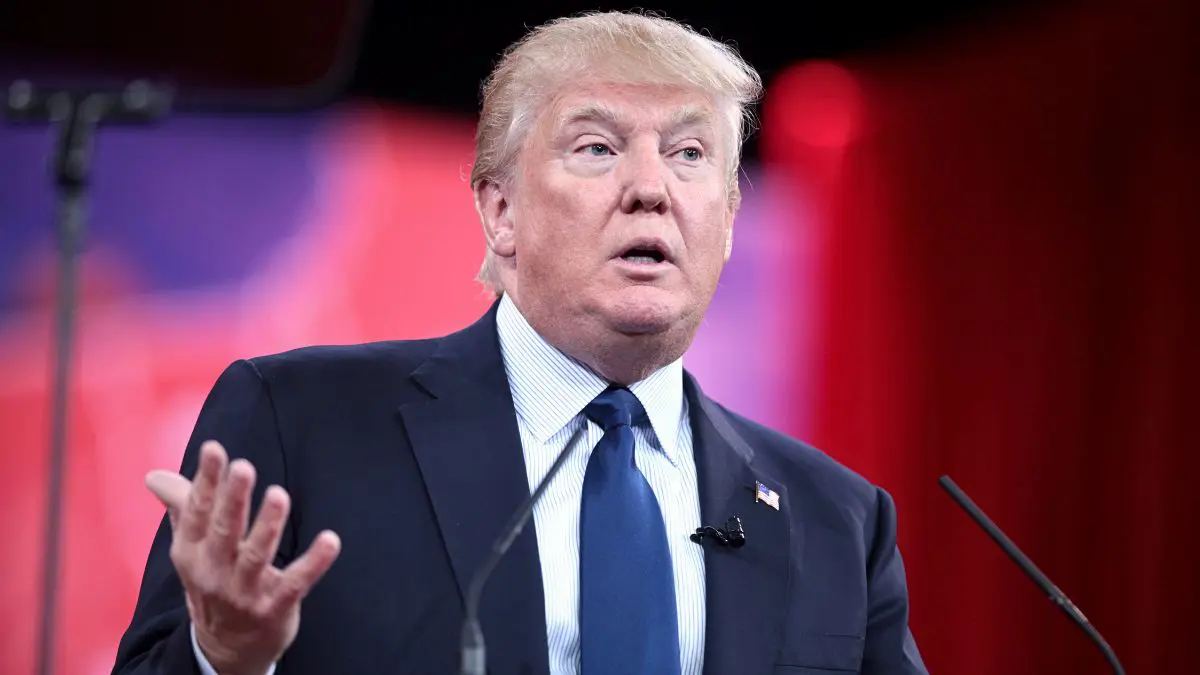
Donald Trump may be many things, but a good economist he is not. Accustomed to dictating terms to people he has worked with, he seems to believe that America and the whole world were simply waiting for him to arrive on the scene and make things right.
But things in America had gone far too wrong for that. And decades before Trump became president. American industry had grown complacent, and hammering other countries is not going repair the broken wheels of high-cost American industry. It had lost its comparative advantage in the automotive manufacturing business.
With costs, especially labor costs going sky-high, American car makers had begun seeking cost savings by farming out production of parts and systems to leaner firms in other countries. And that represented a big chunk of the cost of production of cars.
Merely wishing them back into America was not going to do it. What would be required would be a big scaling down of costs, which would require, among other things, substantial wage cuts.
But that’s not all. There is the question of technology. Once the leader in nearly all automobile-related technology, American industry has lagged behind others, for example in the production of batteries that are the core of electric vehicles. In the production of alternators, of tyres. and many other things.
A blessing, once upon a time
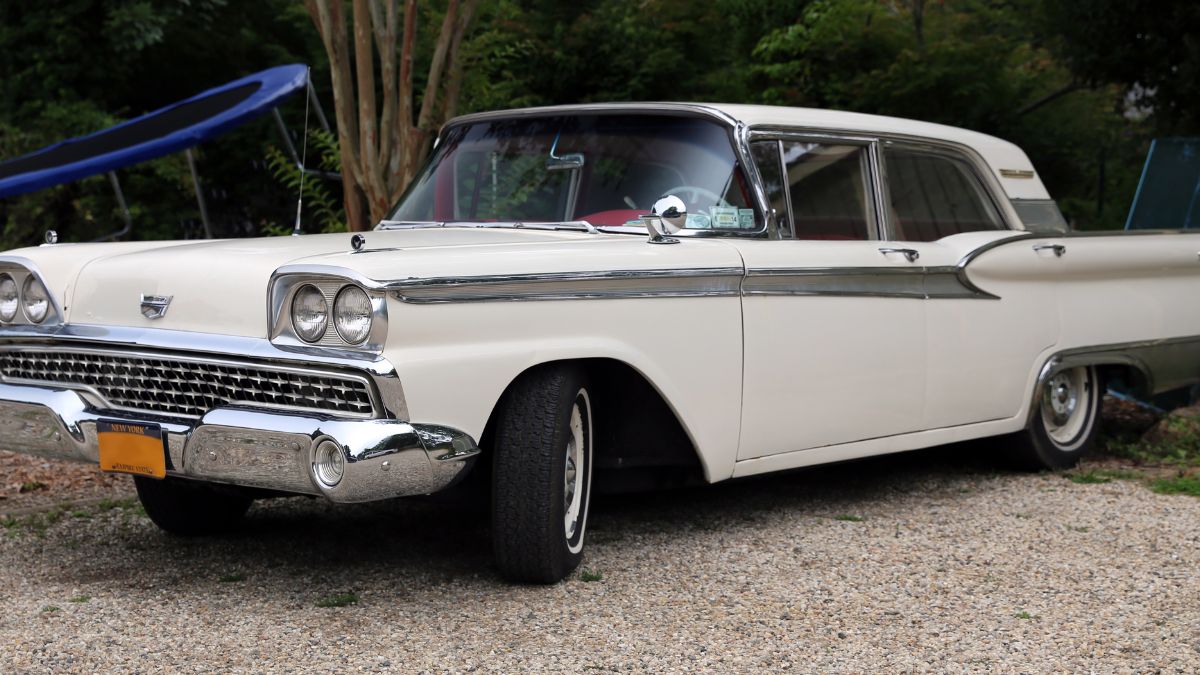
For a big chunk of the first half of the 20th century, Detroit was synonymous with cars. And cars were seen as a blessing for America, with its big cities separated by over a thousand kilometers of vast stretches of land.
The railways had arrived earlier, and were an efficient means of transport. But the influence of the American automobile companies was far greater than that of the railroads, and, within a couple of decades of the arrival of cars, rail transport lost out.
Not only did the automobile industry provide jobs at the final stage of assembling cars, it gave succor to a host of related industries, from cast iron, steel and glass to rubber, lighting and upholstery. The industry fed on itself in a powerful virtuous cycle that propelled America to the forefront of nations in less than half a century.
Although other countries, especially Germany and Britain, were on par with America in the beginning, they soon fell behind. The European economies had been enfeebled by the First World War, which had destroyed wide swathes of industry. And, after the ruination caused by the Great Depression of the 1930s and the devastation of the Second World War, Europe was in no position to compete with America.
America reigned supreme in the automotive world from the 1920s until the arrival of the Japanese car companies.
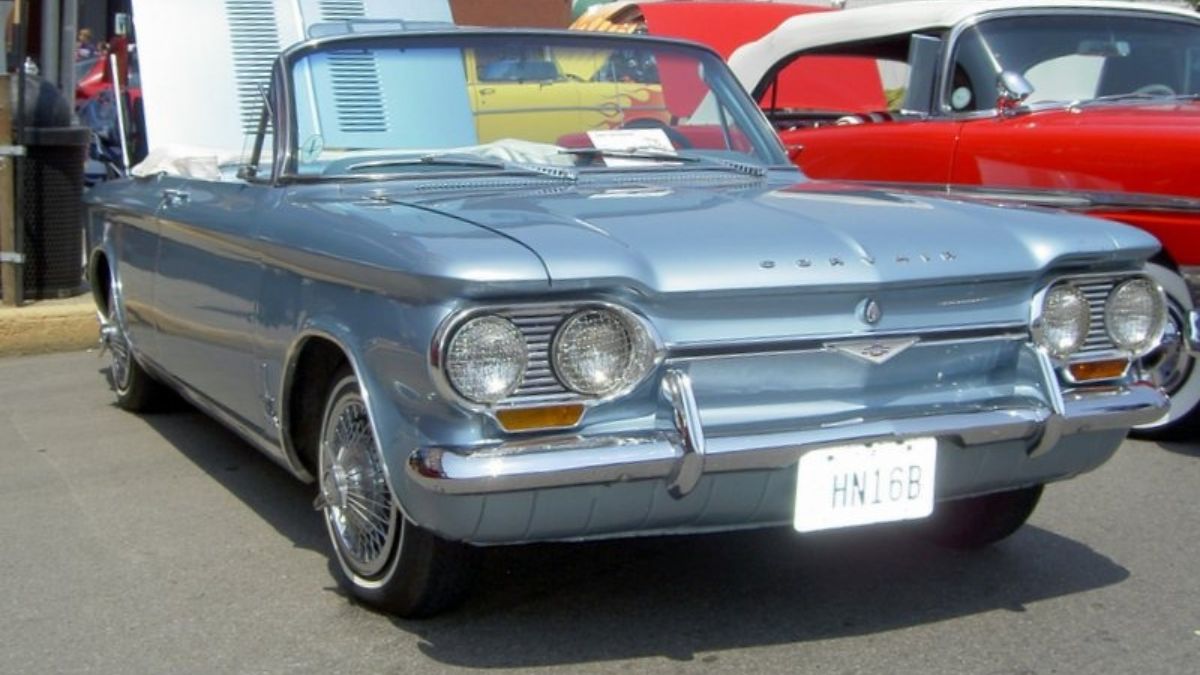
Detroit, the heart of the American automobile industry, was synonymous with innovation, scale, and economic might. Not only did General Motors (GM), Ford, and Chrysler — the Big Three of the automotive business — dominate the American market but they produced three quarters of the world’s automobiles by 1950. Imagine that!
Americans lose ground
In the 1980s Japan and Germany began taking big bites of the automobile market pie, but American car sales continued to rise because car sales worldwide were buoyant. It was a case of a rising tide lifting all boats.
That happy condition did not last long.
By the end of the 20th century Japanese car production had overtaken America’s. American automobile firms lost ground, and continued to slip despite having the biggest home market in the world.
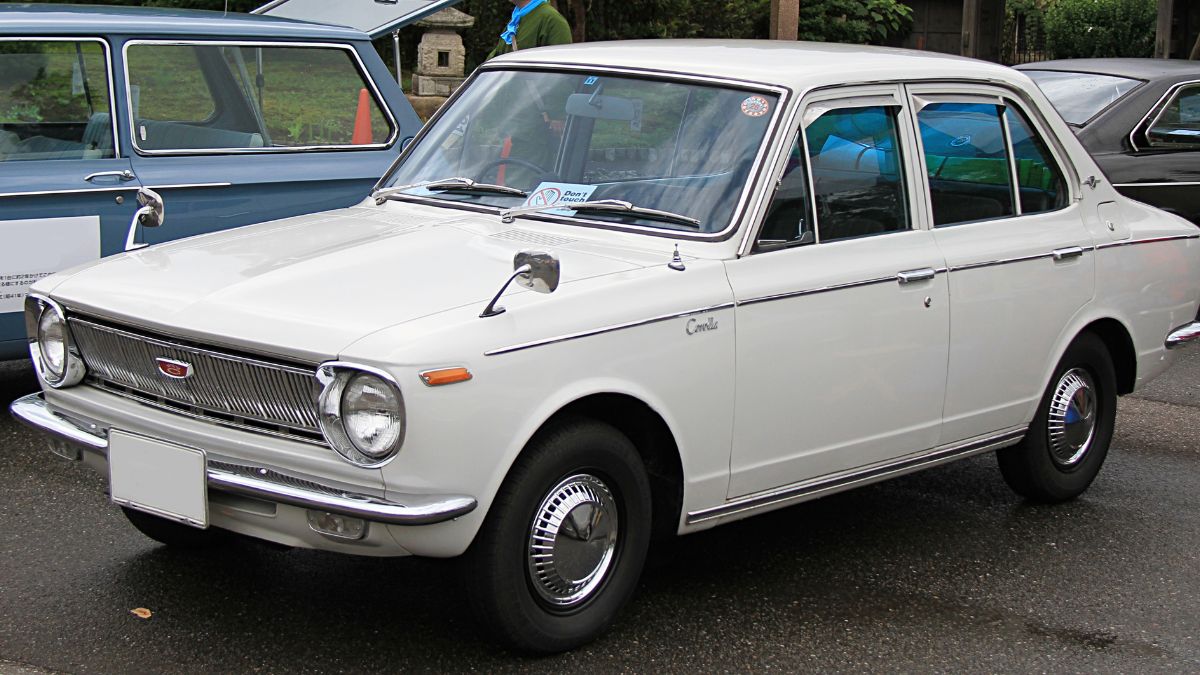
The Japanese did very well for a while. Books were written about Japanese management systems like kaizen, just-in-time and kanban. But the Japanese lead did not last long. In the past decade and a half China has raced ahead of Japan and built up a seemingly unshakeable lead.
With the dawn of the 21st century, sales of American cars began to shrink; they were down around 20 per cent from their 1990s peak. This decline happened even as global car sales doubled from their 1990s level. There was an aggressive new player in the market – China.
Today China makes more cars than the US, Japan, Germany and South Korea combined.
Structural shifts
Some people try to explain the decline of the automobile industry by pointing at missteps by the management of American car companies. Missteps there were, no doubt, but the basic reason was structural shifts in the world economy.
The virtuous cycle experienced by the American automobile industry lasted for more than half a century. More sales led to more production, leading to more employment and higher wages, and thence to higher demand. So even increasing labor costs could be absorbed fairly easily. But it led to corporate complacency.
The 1973 oil crisis was the first warning that Americans were too complacent about petrol costs. After 1973, petroleum prices kept rising, and that gave Japanese and Korean makers of fuel-efficient cars a big competitive advantage over their American rivals.
Soon the rapid growth of the immediate post-war years moderated.
So, when foreign competition arrived on American shores, in the shape of smaller and more fuel-efficient cars than the American companies were making, the decline of the American auto industry began.
The US government tried to stall the imports of Japanese cars by fixing import quotas (‘voluntary export restraints’ or VERs), but the Japanese beat the import quotas by simply setting up car plants in the US, in less unionized and lower-wage locations compared to Detroit, and got around the quotas.
And that was a big blow to American companies, which had grown fat making big, petrol-guzzling cars.
Now the biggest blow to American cars has come in the shape of the launch of electric vehicles by Chinese automobile companies. The Americans have their Tesla, which, for a few years enjoyed lead position in electric cars. But the Chinese entry has come like a tsunami that has swept all others aside.
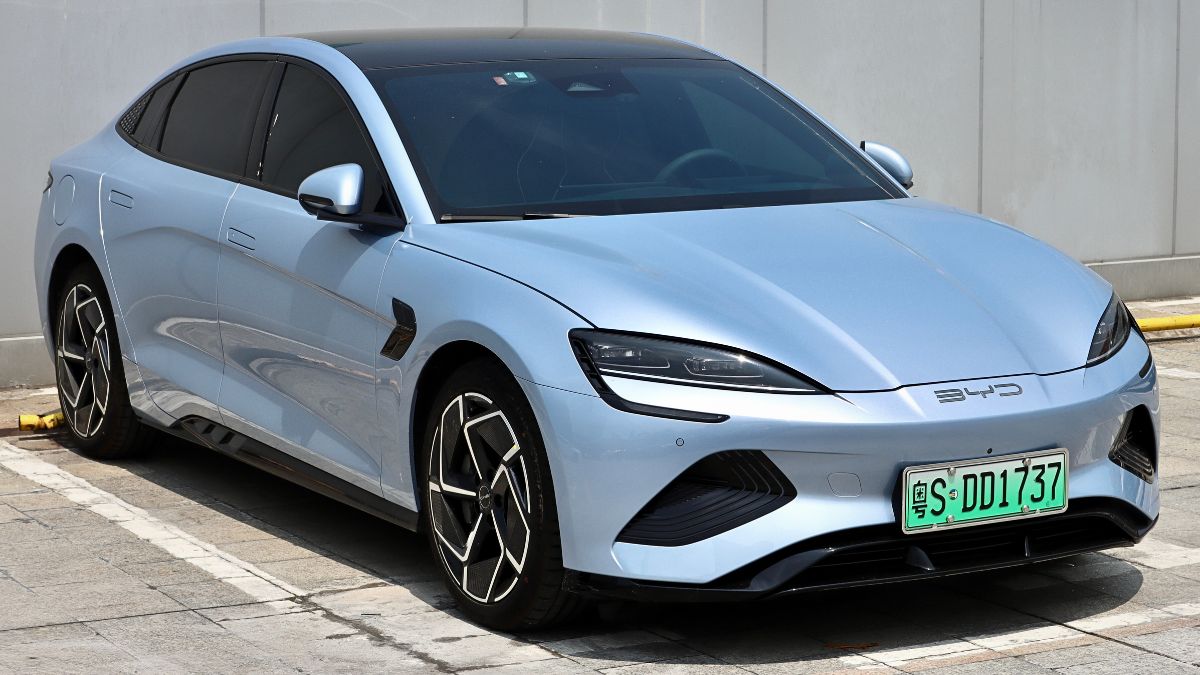
Donald Trump wants automobile companies to shift production from locations around the world to the US. Even if these companies agree, as Trump is trying to force them to do, shifting entire production plants that make thousands of different automotive components will be a very costly and time-consuming process.
Merely wishing it to happen is not going to make it happen. Even under duress.



